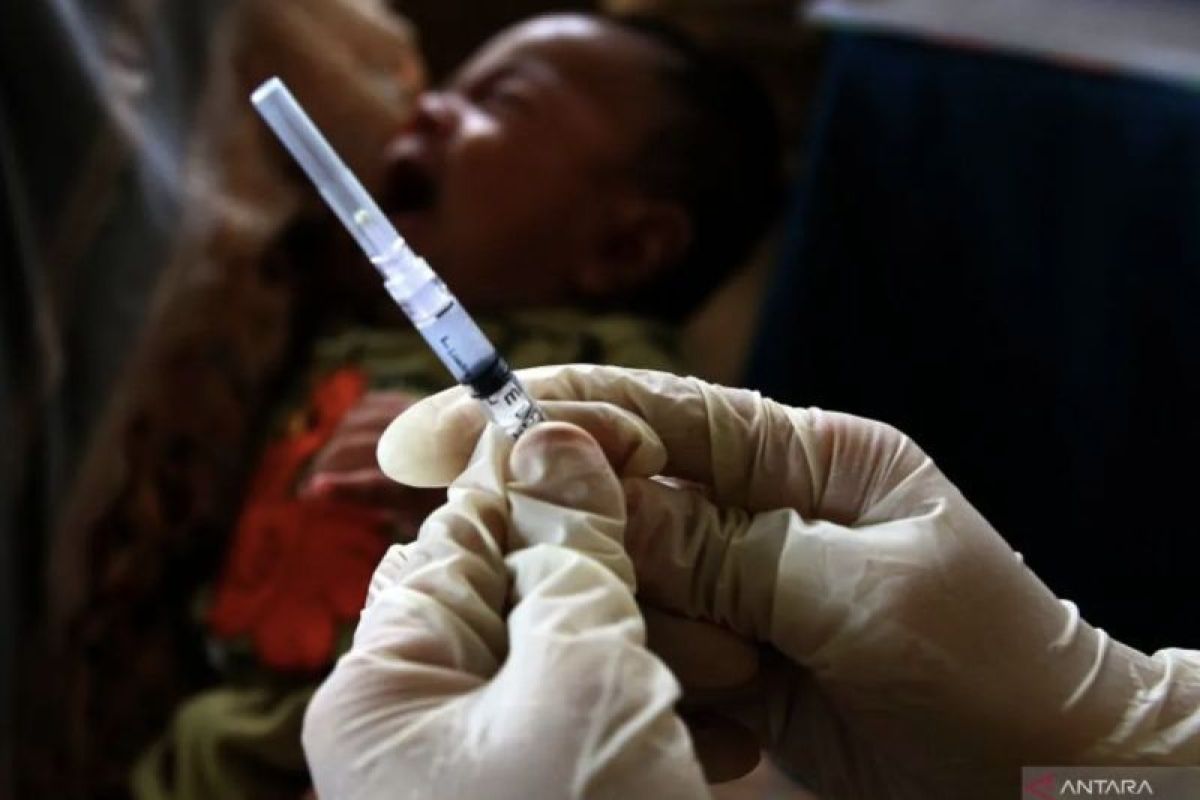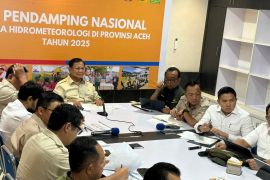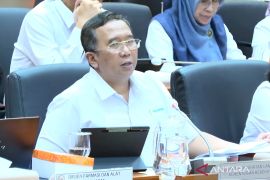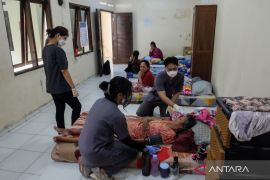The ministry's acting director general for disease prevention and control, Yudhi Pramono, said that HPV immunization has been integrated with Students Immunization Month (BIAS), with the first dose targeted at girls in fifth grade and the second dose at girls in sixth grade.
"Including for girls of school age, who do not go to school. So they do not go to school, aged 11 and 12 years old," Pramono said here on Tuesday.
The immunization has been introduced gradually, with the first doses provided in 2016–2021 in 20 districts and cities, he informed. In 2022, the vaccine was made available in 120 districts and cities, he added. In August 2023, the program was rolled out nationwide.
According to him, the high coverage for both doses shows that the initiative has been received well by the people.
He said that ensuring 90 percent HPV vaccination coverage for girls and boys aged 15 is one of the three initiatives of the ministry to ensure cervical cancer is eliminated by 2030.
Other initiatives, he added, are pushing the cervical cancer screening rate for women aged 30–69 to 75 percent, and ensuring that 90 percent of women who suffer from pre-cervical cancer lesions and cancer receive treatment that meets the standard.
Pramono noted that cervical cancer has the second-highest incidence among cancers affecting Indonesian women. In 2022, there were at least 36 thousand cervical cancer cases and 20 thousand deaths, he said.
Moreover, 70 percent of the patients came when the cancer had progressed to an advanced stage, he added.
He referred to 2023 data from Social Health Insurance (BPJS Kesehatan), which showed that cancer treatment in total cost Rp5.9 trillion (US$372 thousand). This shows that there is a need for better efforts to prevent and control catastrophic diseases such as cancer.
The director general stressed that his administration has consistently promoted preventive and control measures for cervical cancer at the World Health Assembly, such as immunization program integration, reproductive system health, and inclusive partnerships with the non-health sector.









